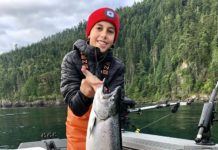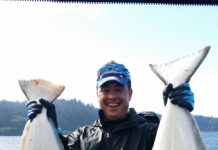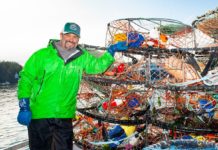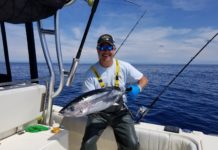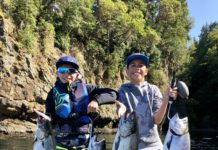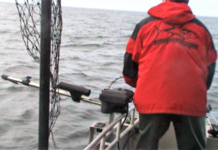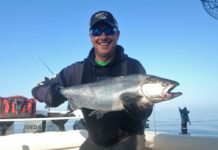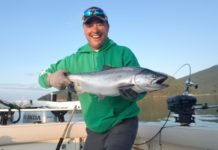Volcanoes are common occurrences along the boundaries of Earth’s tectonic plates. These boundaries allow super-heated molten rock called magma, along with ash and gases, to rise through Earth’s crust and emerge on the surface, often dramatically. Since many plate boundaries are submerged, around three-quarters of all volcanic activity on Earth actually occurs underwater.
Even though most submarine volcanoes do not produce the spectacular eruption events of some of their land counterparts, undersea volcanic activity is a constant process that shapes the features of the ocean. When magma reaches the level of the seafloor, it meets cold ocean water and quickly cools to form basaltic rock, often termed “pillow lava” due to its rounded shape. This pillow lava, along with slower-cooling magma beneath it, forms the vast majority of oceanic crust.
Frequent eruptions along divergent plate boundaries such as the Mid-Atlantic Ridge form new ocean bottom in a process known as seafloor spreading. This process occurs slowly (1-15 centimeters per year) yet relentlessly, moving the plates—and the ocean floor and continents above them—further apart. Halfway around the world, along the Pacific Ring of Fire, volcanic activity occurs as plates converge on each other, creating subduction zones.
Continued volcanism in one area can build up to form underwater mountains called seamounts or even islands that breach the ocean surface. Many examples of island chains throughout the Pacific, such has the Hawaiian Islands, are formed as one volcanic hotspot erupts over millions of years while the Pacific plate drifts above it.
Submarine volcanoes are also interesting because of the unique habitats they create. Seamounts are often areas of high biological diversity; their shape acts to deflect food-carrying currents upward, attracting a variety of sessile fauna and the crustaceans and fish that feed upon them. In the late 1970s, scientists were shocked to discover that some animals can even metabolize inorganic compounds emitted during volcanic activity, forming unique communities around hotspots of hydrothermal venting (similar to geyser activity on land).
For More Information:
Submarine Ring of Fire 2012: Northeast Lau Basin
Multimedia Discovery Mission: Chemosynthesis and Hydeothermal Vent Life
Sign up for the Ocean Explorer E-mail Update List.


